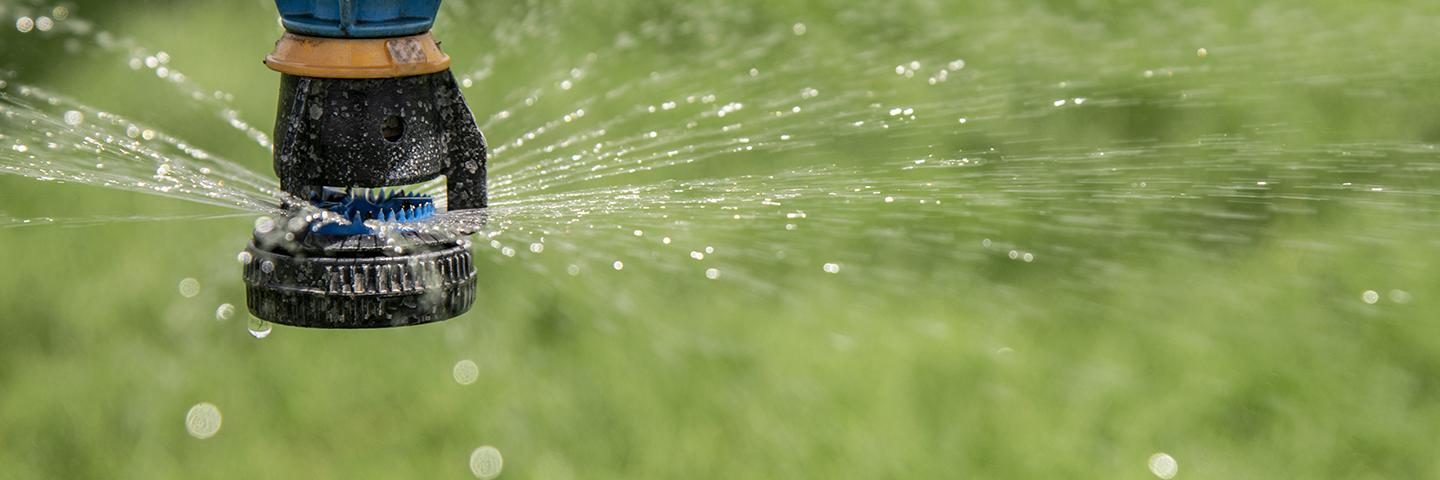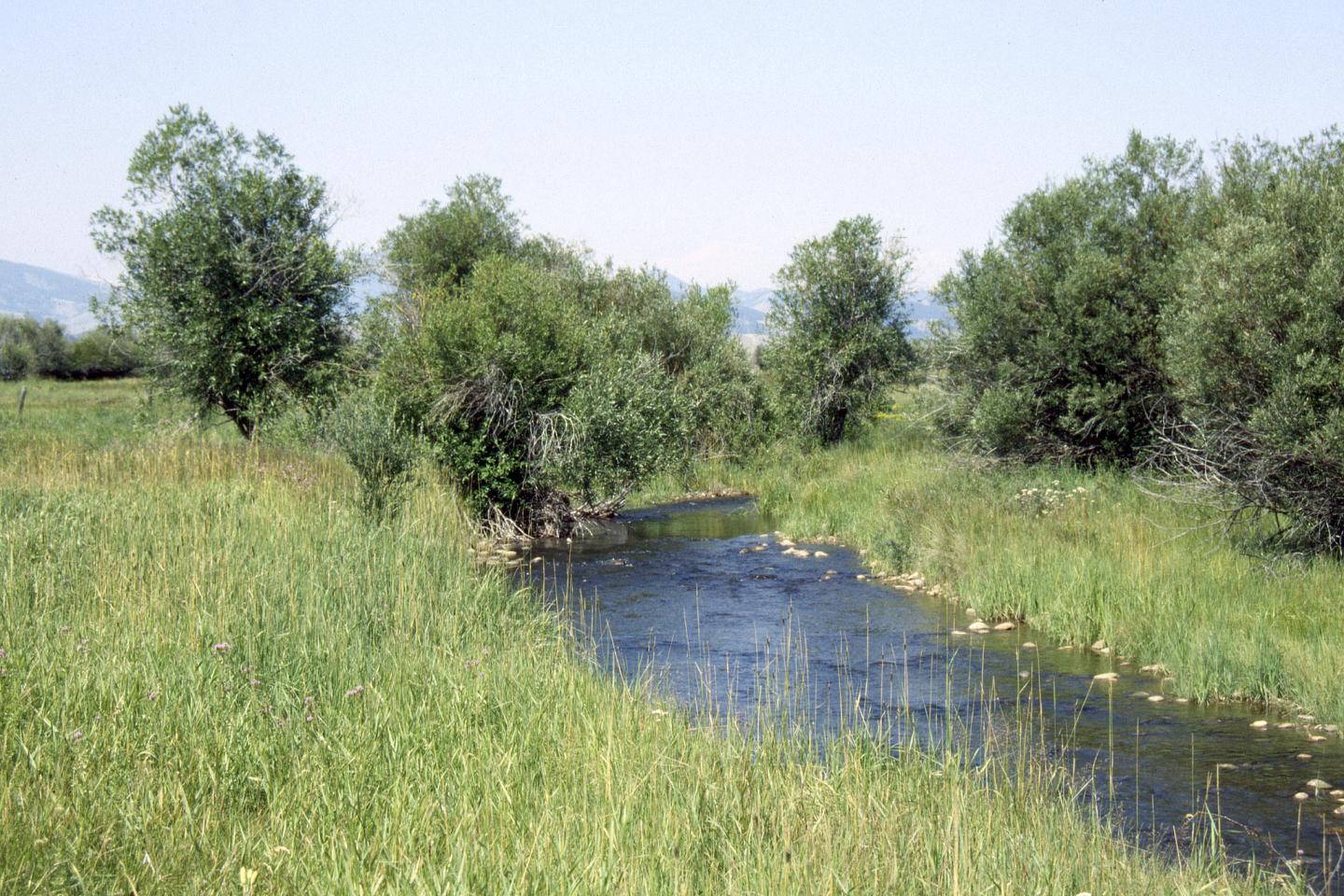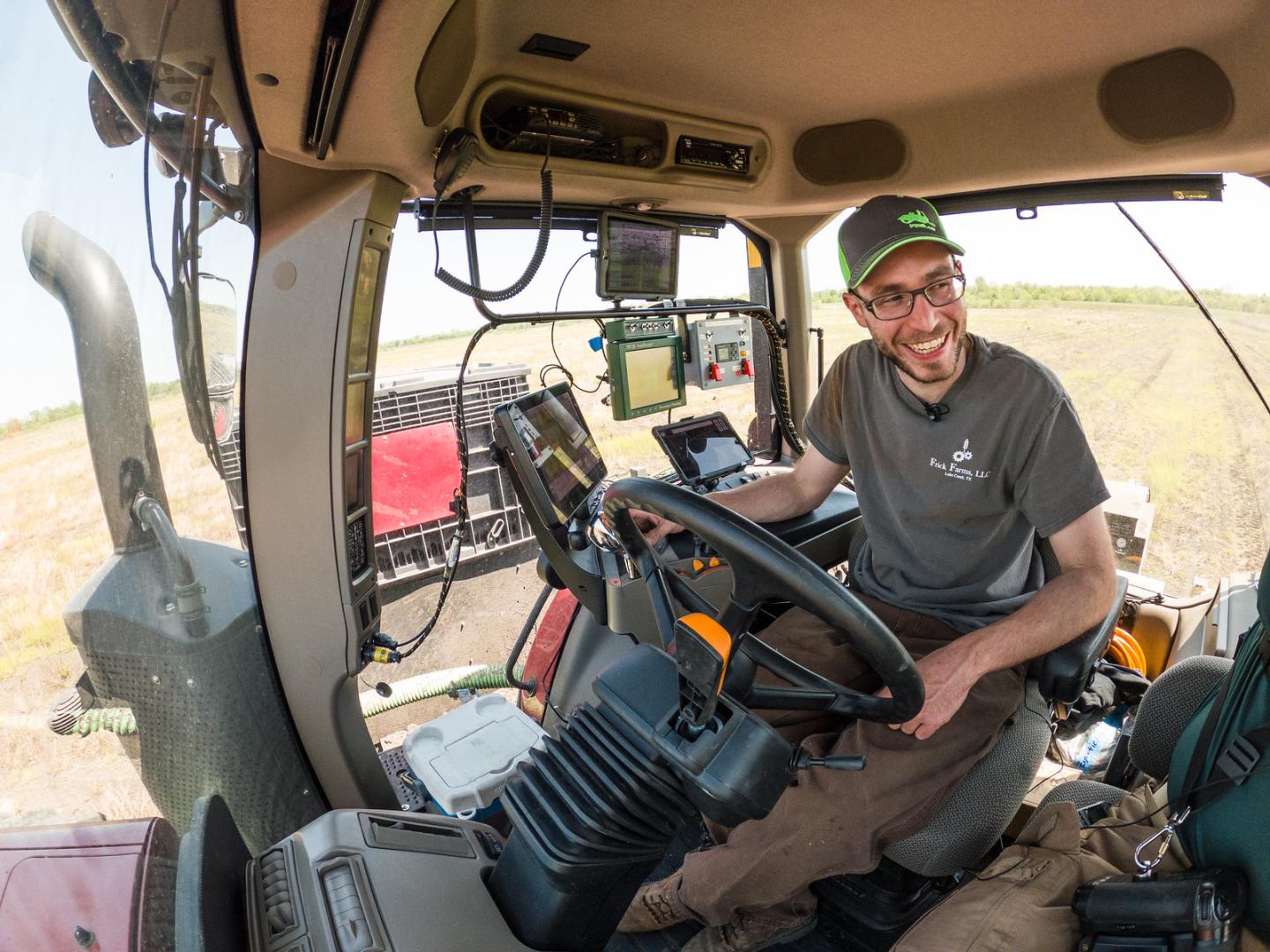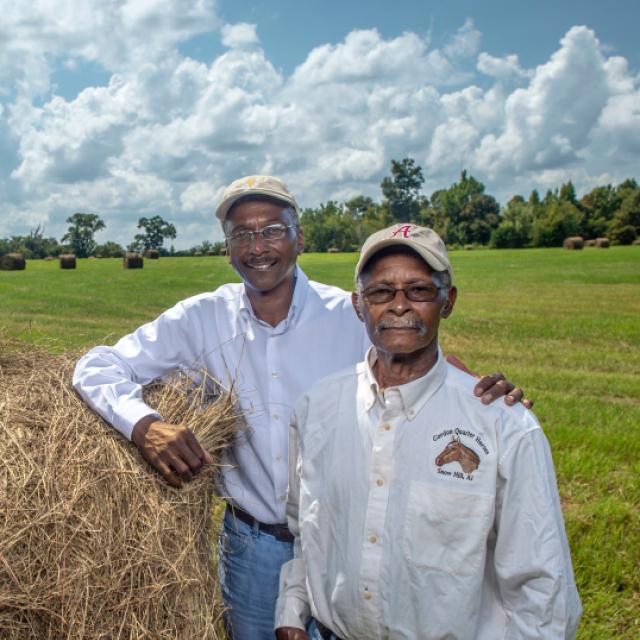
Press Release

Farmers, ranchers, and forest landowners manage the agricultural landscape to meet production and conservation goals including clean and abundant water. NRCS offers help to address water related issues impacting their lands and communities.
NRCS offers technical and financial assistance to help producers plan and implement conservation practices that improve water quality and conserve its use.
When water issues arise, they can have long-term and costly impacts to natural resources and production goals. If your land has water issues, you can explore further with the Conservation Concerns Tool on farmers.gov.
NRCS emphasizes a “systems approach,” meaning Conservation Practices are recommended to be applied together to protect water quality and quantity, while meeting producer needs. Keeping soil and nutrients on the land, where they belong, is a shared goal that helps to boost crop yields, bottom lines, and water quality benefits all at once. For example, practices that help address nutrient management needs are most effective when they are coordinated with practices that help address leaching, runoff, erosion and water conservation needs. A "systems approach" can also help optimize the application of nutrient and agrichemical inputs, reducing producer costs. It can also control water and sediment movement that drives contaminant losses, and trap contaminants that can be driven off the field by increasingly frequent extreme weather events. Sustainable production systems are especially important in high-priority watersheds with identified water quality concerns. See the videos below for more information.
Additional Conservation at Work videos and conservation practices are available. If you’re interested in assistance with these practices, contact your local NRCS office.

NRCS uses targeted initiatives to bring partners together and accelerate the benefits of conservation practices, including those focused on water quality and quantity.

NRCS uses Edge of Field Monitoring as one way to help landowners assess the effectiveness of their implemented conservation practices to address identified resource concerns.
In support of conservation efforts across the nation, NRCS works with landowners to provide technical assistance in the fields of hydrology and hydraulics.
As snowpack accumulates each year, NRCS hydrologists measure the snow and estimate the runoff that will occur when it melts using a comprehensive network of monitoring sites.

Nutrient Management is the management of nutrients and soil amendments to maximize their economic benefit while minimizing their environmental impact.
Do you farm or ranch and want to make improvements to the land that you own or lease?
Natural Resources Conservation Service offers technical and financial assistance to help farmers, ranchers and forest landowners.

To get started with NRCS, we recommend you stop by your local NRCS field office. We’ll discuss your vision for your land.
NRCS provides landowners with free technical assistance, or advice, for their land. Common technical assistance includes: resource assessment, practice design and resource monitoring. Your conservation planner will help you determine if financial assistance is right for you.
We’ll walk you through the application process. To get started on applying for financial assistance, we’ll work with you:
Once complete, we’ll work with you on the application, or CPA 1200.
Applications for most programs are accepted on a continuous basis, but they’re considered for funding in different ranking periods. Be sure to ask your local NRCS district conservationist about the deadline for the ranking period to ensure you turn in your application in time.
As part of the application process, we’ll check to see if you are eligible. To do this, you’ll need to bring:
If you don’t have a farm number, you can get one from USDA’s Farm Service Agency. Typically, the local FSA office is located in the same building as the local NRCS office. You only need a farm number if you’re interested in financial assistance.
NRCS will take a look at the applications and rank them according to local resource concerns, the amount of conservation benefits the work will provide and the needs of applicants. View Application Ranking Dates by State.
If you’re selected, you can choose whether to sign the contract for the work to be done.
Once you sign the contract, you’ll be provided standards and specifications for completing the practice or practices, and then you will have a specified amount of time to implement. Once the work is implemented and inspected, you’ll be paid the rate of compensation for the work if it meets NRCS standards and specifications.